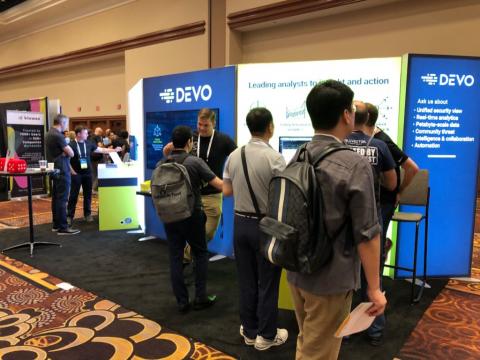How Devo Security Operations Transforms the Way SOC Analysts Work
As someone who began working in security operations centers (SOC) more than 30 years ago, back when we were known as computer incident response teams (CIRT), I am acutely aware of just how challenging it is to make a living as a SOC analyst. That’s why I’m so enthusiastic about the new Devo Security Operations Platform we launched recently.




